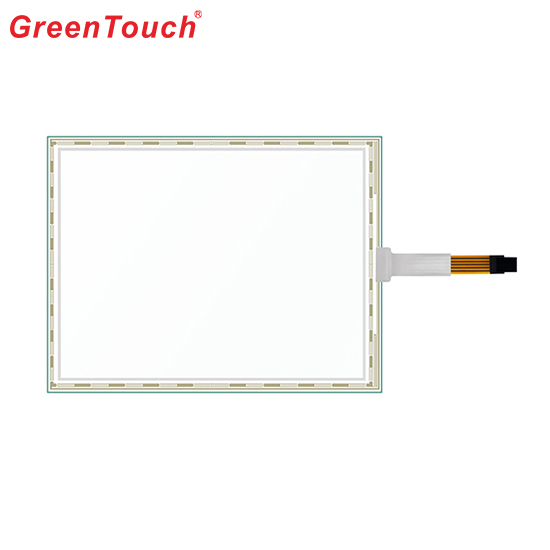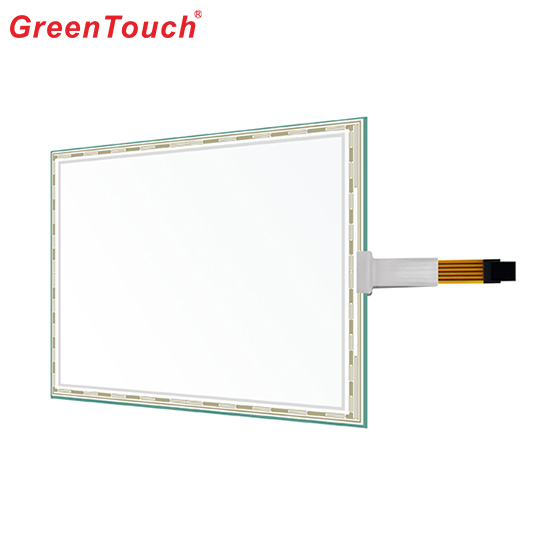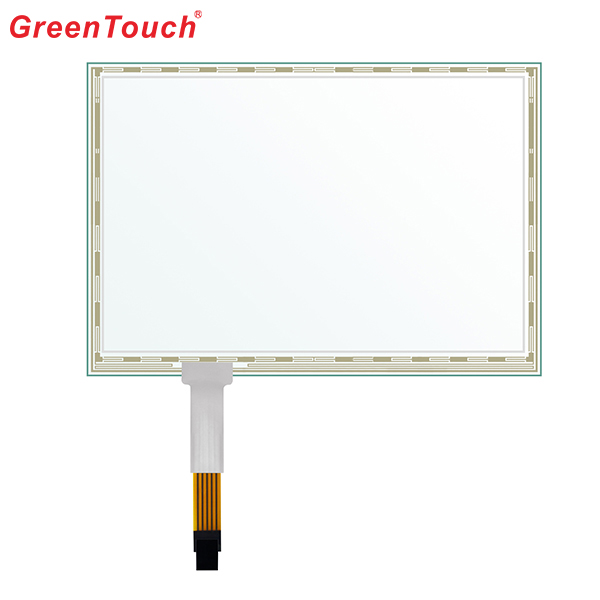Before the invention of the sound reinforcement system, the crowd gathered in the auditorium to listen to the speaker's unvoiced speech. The auditorium uses the geometry of the room and the sound processing to provide a natural sound enhancement to the sound source. But even with these methods, it has not been able to effectively solve the problem of speaking to a large number of people - until people invented the sound reinforcement system.
Sound reinforcement systems are necessary for at least four reasons:
1. Room size - The room is too large, and it is difficult for the listener of the far seat to hear the natural sound of the sound source.
2. Room Geometry - The geometry of the modern auditorium is no longer sufficient for natural sound reinforcement. The popular 180-degree fan-shaped room is at least 60 degrees wider than the untreated vocal coverage. As long as the speaker turns around, some viewers will not be able to hear the contents of the speech.
3. Ambient Noise - The background noise generated by people, traffic, heating and air conditioning systems obscures the sound source and prevents some or all of the listeners from listening clearly.
4. Sound Processing - The sound processing required for natural sound reinforcement can be very expensive and not suitable for all musical styles.
An analogy
When lighting a room with a light, people use the appropriate fixtures to illuminate the light where it is needed. Everyone can understand this. The sound system designer also chooses when placing and placing speakers.
If you have good room acoustics, some of the major sound problems, such as poor effective gain and poor speech intelligibility, can be directly attributed to inappropriate speaker selection and placement. The most common reason is that the sound designer had to give up the preferred speaker type and placement for aesthetic reasons.

Building and sound reinforcement
Architects often view loudspeakers as objects outside the building, and are “attachments†that are not truly integral. The School of Architecture does not teach sound system design, and it is not necessary to teach itself. They emphasize the visual effects of the site, placing a lot of attention on the geometry and visual flow of the space.
This is their mode of thinking and the responsibility of their work. Large, conspicuous speakers disturb their overall concept of space.
When designing a room, the architect did not know the type and number of speakers required, so it was impossible to integrate the speakers into the design. Even if they can do it, we will see later that their efforts to disguise and hide the speakers are likely to damage the performance of the speakers.
For the speaker, to complete the mission, you must occupy some of the most important visual aspects of the room. It's no wonder that architects and sound system designers often have conflicts.

Three major variables
The work of the sound system designer is to ensure that everyone can hear the sound of the sound. To achieve even coverage in the audience area, they have to deal with three major variables. Includes: - Speaker type - Speaker position - Number of speakers.
If the system designer gains the power to control these three variables, the work will be the best. If the customer or the architect decides one or more of them, the system designer's workload is reduced, but the sound reproduction effect will be greatly reduced.
Speaker position
The ideal position of the speaker is not possible. The ideal location is where the sound source that needs to be amplified is located. Imagine a small theater or classical orchestra performing in a small venue. Without any sound reinforcement, the sound from each source can be heard, and the spatial position of other sources is accurate.
As the size of the room increases, the instrument may require sound amplification. The orchestra has been using localized amplification for many years, and today the “personal†sound system is still on the market for small venue applications – the “wall of sound†used by the Grateful Dead band decades ago. The reproduction of technology in the contemporary era.
(The Wall of Sound is a huge sound reinforcement system designed by the audio designer Owsley Stanley for the live performance of the grateful and dead band in the 1970s.)
The location of the sound source is the natural location of the sound. This approach is unrealistic and not flexible in many applications, so we need a compromise. The first choice is to place the speaker directly above the sound source that needs to be amplified, which takes advantage of the fact that human hearing does not position the sound well on a vertical plane.
If the speaker is placed on the left or right side of the speaker, the listener will obviously feel that the sound is not coming from the speaker. If the speaker is placed over the speaker and the listener's auditory system is blinded, the sound is thought to be from the speaker. The eye effectively pulls the sound image down to correspond to the vision. The speaker is placed on top to allow the sound to be projected to the back of the room without the front audience hearing too loud.
With these aspects in mind, it is very reasonable to place the speakers directly above the stage.
Size vs efficiency
The speakers must be large enough to control the direction of the sound. Small speakers radiate sound in all directions. As the size of the speaker increases, its directivity also increases. Directivity control is absolutely necessary in all audio systems, and the more control required, the larger the speakers should be. This is the principle.
Another reason for choosing large speakers is to consider low frequency efficiency. In many places of worship, people want the system to produce extremely high sound pressure levels at very low frequencies.
This means that a large amount of air must be moved, which in turn requires a large piston surface area. If there are no large speakers, it is impossible to obtain high sound pressure levels at low frequencies in a large space, and people often use multiple speakers to achieve them.
The lower the octave, the more radiation surface area is required. If you want to reproduce the thunder of an Easter musical show, or the bass pedal of an electronic organ, it's best to prepare a very powerful woofer system. This must be a huge system and should be placed in the room.

Sound problem
Many typical problems with audio systems, such as low definition, opacity, and poor sound localization, may be attributed to reflected sound. Most of these harmful reflections are caused by hiding and concealing the speakers.
The reflected sound is objective. We expect to reflect sound, use reflected sound, and need to reflect sound. But not all reflections are beneficial. The sound designer strives to avoid two kinds of reflections, one is the reflection from an object that is close to the speaker, and the other is the reflection from an object far away from the speaker.
The first reflection causes acoustic staining and the second causes echo, which reduces the clarity of music and speech. Trying to cover up the speaker always produces early reflections that change the frequency response of the speaker. This includes mesh covers, cloth covers, and holes, all of which have been carefully designed to be visually more aesthetically pleasing. In short, measures that make the speakers look better can often make the sound worse.
A well-thought-out design allows the speaker to be covered while still having acceptable performance. Unlike light waves, sound waves may cancel each other out if time is not aligned. But this is not entirely a bad thing.
Sound system designers use constructive and destructive interference to achieve the desired coverage of the speaker array. Good sound designers understand the effects of interference and know how to use it to improve system performance.
Back to the position
These acoustic traps can be avoided by placing the speakers in free space with no objects placed next to them. One notable exception is the subwoofer, which, due to its longer wavelength, can be naturally magnified at the room boundary.
This placement enhances the sound of the subwoofer, but if applied to a mid-high frequency speaker, it can be very bad because the mid-high frequency speaker has a short wavelength and cannot be well coupled to walls, roofs and other adjacent surfaces. A compromise is to have the engineer color the speaker and mounting hardware, and the metal mesh cover is also coated with a thin layer.
Most speaker manufacturers can provide a no-surface version of their products. The veneer can be used on the surface of the cabinet, but please note that the adhesive will dry out over time, causing the overlay to fall off the ceiling, posing a hazard.
In a fully functional room, the speaker is not the only addition. Others include ceiling fans, HVAC vents, luminaires, structural beams and support columns. No one has doubts about their existence, and no one really cares if they are visible.
We don't ask the architects to completely hide the ceiling fans, or even more, ask them to reduce the size of the ceiling fans. The same is true for speakers.
law
The initial design is always visually acceptable but not sound good enough. As the system evolved over time, the final system sounded great but the speakers were visually striking.
In an auditorium, the consideration of sound should ultimately be above visual considerations. Just as headsets are accepted for their sound advantages, so should large visible speakers.
The main component of the sound reinforcement system is the speaker. Just as a guide will stand in a flat and open place in order to communicate with a group of people, the speakers in the sound enhancement system will work best if they are visible.
This perspective helps shape the aesthetic perspective of architects and end users. The "form obedience function" applies here. In a venue, when determining the type and placement of the sound system, the sound quality at the time of sound reproduction should be fully considered.
It is only natural to see where the sound we hear is from. We have two ears because we can position the sound in space.
If the selection and placement of the speakers is determined by aesthetics alone, it is almost impossible to achieve the best sound quality. In fact, if the most important function of “land for listening†is used as a measure, many rooms simply do not meet the standard and can only be classified as useless.
Our 5 Wire Resistive Touch Screen is the highest accuracy ,stable ,no effect to touch when the liquid pouring or spilling.And it is widely use to Industrial,Retail,
Transportation ,Finance,Hospital or other area.
5 wire Touch Screen have the following advantages,we worthy of your trust.
1) Can withstand more than 5,000,000 points.
2) 4096x4096 Resolution.
3) USB or RS232 Interface.
4) High accuracy and sensitivity.
5) Glass + Film Material.
6) Finger and touch pen activation.
7) Our products have passed CE, FCC, RoHS certification!
pictures show:






5 Wire Resistive Touch Screen
5 Wire Touch Screen Panel,Glass Touch Screen Panel,Touch Screen with Controller,Resistive Touch Screen,Waterproof Touch Screen,GPS Touch Screen
ShenZhen GreenTouch Technology Co.,Ltd , https://www.bbstouch.com